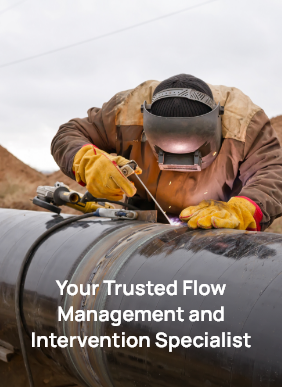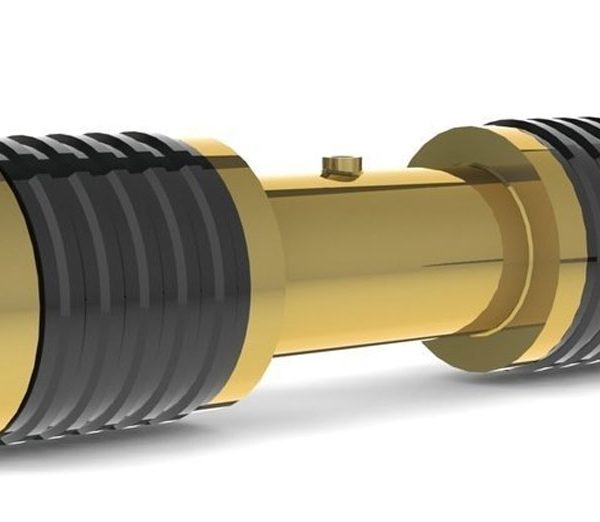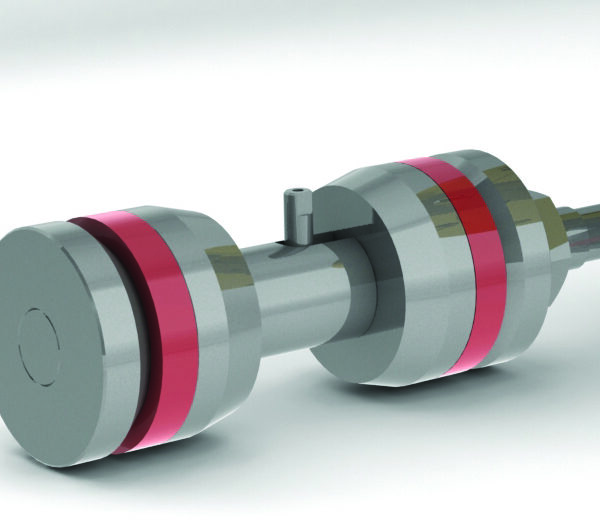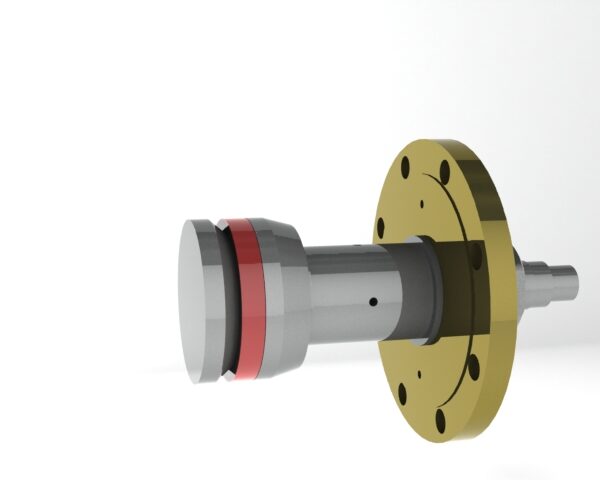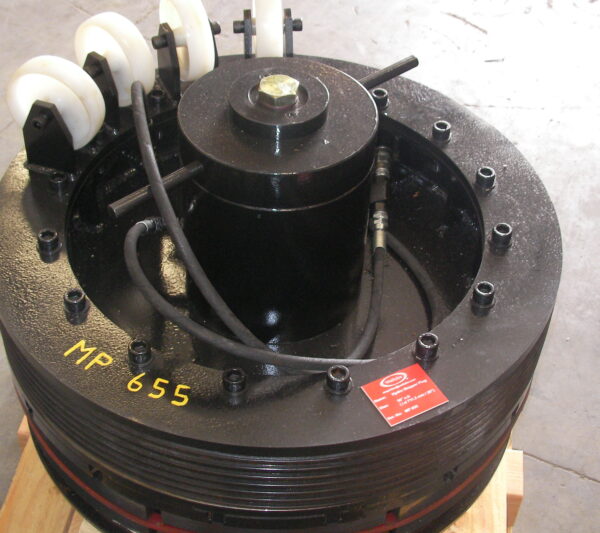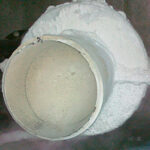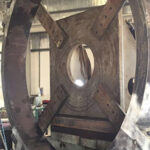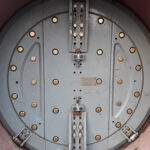Choose Wellube’s advanced weld testing products.
Why is a welding test required?
An inaccuracy in the welding process can drastically damage weld metals, resulting in a loss of strength, durability, and structural collapse. Welding testing methods such as visual examination ensure that items are safe for their intended application.
Through a range of welding inspection procedures, such as visual inspection and other testing services that assess weld quality, testing facilities ensure that goods are fit for purpose.
Ensuring that particular standards are met provides for the seamless operation of assets and avoids errors and potential additional expenditures.
Methods of Weld Testing
Various weld testing methods are widely used to ensure welded joints’ quality and safety. Here are a few of the most prevalent approaches:
- Visual examination is the most basic and widely used form of weld testing. It entails visually inspecting the weld for surface problems like fractures, porosity, or partial fusion.
- Magnetic particle inspection detects surface and near-surface flaws in ferromagnetic materials. The weld is subjected to a magnetic field, and iron particles are injected. Any flaws will lead the iron particles to congregate around them, highlighting them.
- Dye penetrant testing includes introducing a dye to the weld’s surface and letting it penetrate any surface flaws. The surplus dye is then removed, and a developer reveals any flaws.
- The radiographic testing procedure uses X-rays or gamma rays to detect internal weld faults. After passing through the weld, the radiation is caught on film or a digital detector. Any flaws will be visible as changes in the image’s density.
- The ultrasonic testing method detects internal weld faults by using high-frequency sound waves. Sound waves are passed through the weld, and any flaws will result in reflections that can be identified and quantified.
Each method has advantages and disadvantages, but it will be determined by criteria such as the type of material being welded (and whether or not it is damaged), the accuracy with which faults must be discovered, and the resources available.
-
Wellube: Dual Tools
Original price was: 28,00 د.إ.25,00 د.إCurrent price is: 25,00 د.إ. -
Wellube: Internal Weld Testers
Original price was: 28,00 د.إ.25,00 د.إCurrent price is: 25,00 د.إ. -
Wellube: Flange Weld Testers
Original price was: 28,00 د.إ.25,00 د.إCurrent price is: 25,00 د.إ. -
Wellube: High-Pressure Plug
Original price was: 28,00 د.إ.25,00 د.إCurrent price is: 25,00 د.إ.
Weld Testers
Weld testers are among the welding inspection and testing equipment manufactured by Wellube. Wellube weld testers are intended to check weld quality using non-destructive testing methods. These testers are extensively used in the oil and gas, petrochemical, power generating, and construction industries.
Wellube weld testers detect faults in welded joints using non-destructive testing methods such as magnetic particle inspection, ultrasonic testing, and radiographic testing. They are usually portable and simple to operate, which makes them excellent for on-site inspections.
Welding specialists can utilise our weld testers to assure the quality and safety of welded joints and prevent any failures or accidents in structures and equipment.
Wellube Weld Testers include:
- Internal Weld Testers
- Dual Tools
- Flange Weld Testers
- High-Pressure Plugs
1. Internal Weld Testers
Our Internal Weld Tester ensures the integrity of newly welded connections, such as a weld neck flange or a connecting weld in a pipeline. Normally, the entire pipeline would be flooded and subjected to a hydro-test to certify the weld’s strength, which can be costly and time-consuming. The Internal Weld Tester, on the other hand, reduces the time and resources necessary for the testing procedure by isolating the testing area.


2. Dual Tools
Our Dual Tool is a groundbreaking instrument allowing hydrocarbon-free isolation during hot work piping upgrades. It also enables new welds to be pressure tested. The Dual Tool has a 6-inch annulus between the two seal tires, allowing for a double block and bleed feature and providing a verified vapour barrier. It also has a central vent slot for safely venting or analysing potential gases. When engaged, the tool employs three very effective seals and can endure pressure differentials of up to 5 barg. Standard Dual Tools are available in various sizes up to 36 inches.
3. Flange Weld Tester
Our Flange Weld Testers provide a precise and localised pressure testing solution for newly welded flanges, which is especially useful for pipeline renovations and older pipework repairs. Our testers simply test the new weld, as opposed to pressure testing the entire system, which may result in confused results due to other potential leak pathways. Angled testers are also available for flanges installed on bends.
Using our Flange Weld Testers reduces test system limits and the amount of time required for maintenance or modification. Our Weld Testers, which are typically fitted with a proprietary Posi-Seal, can also be supplied with patented “tyre”-type seals, which are excellent for testing when pipeline ovality and significant pitting must be overcome.
Our basic Flange Weld Testers are available in sizes ranging from 12 to 36 inches and are compatible with common pipe schedules and flange combinations up to Class 2500.
Custom-designed testers with hydraulic and mechanical actuation are available for bigger pipe sizes to fulfill specific application needs.


4. High-pressure plugs
Our High-Pressure Plugs are frequently used to provide dependable and simple pipework system isolation in support of oil, gas, and petrochemical infrastructure inspection, repair, and modification operations.
Pipework solutions are made safe thanks to the Grip-lock and Posi-seal TM technologies.
They are designed to be installed and applied in a matter of minutes and to suit any orientation of pipes without the use of specific tools.
Weld Testing services at Wellube
We can assist you with all parts of welding joint testing, such as quality evaluation, process and parameter determination, safety evaluations, and compliance with quality codes and standards.
